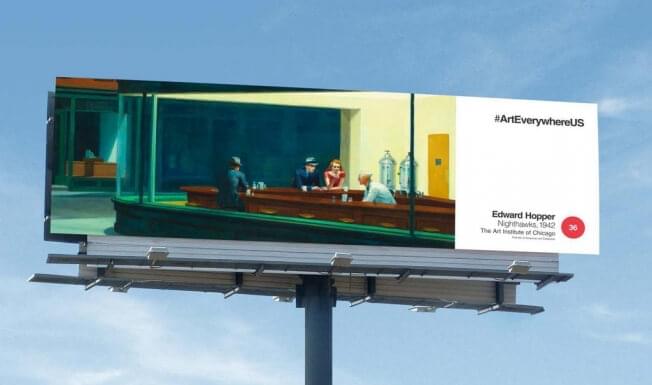
Businesses in the modern era know that marketing and advertising helps sustain their current clientele, as well as garner new prospects. After all, marketing and advertising really mean benefitting businesses in the most hands-on and thorough ways. Through careful planning, evaluation, and execution of brand awareness campaigns, rebrands, or product extensions, marketing and advertising come together to give a business all the more value. Value is a shared practice between client and advertiser; it must make sense for both of them to be on board for one another. And, speaking of board, out-of-home advertising tactics, such as billboard advertising, offers businesses a TON of unexpected value.
For example, museum businesses such as the Dallas Museum of Art, the Art Institute of Chicago, the Los Angeles County Museum of Art, the National Gallery of Art in Washington, D.C., and the Whitney Museum of American Art in New York joined forces and saw the power in out-of-home advertising that would attract patrons. Major sponsors such as CBS Outdoor, Clear Channel Outdoor, and JCDecaux teamed with the Outdoor Advertising Association of America and an Art Everywhere U.S. collaborator to create the “biggest OOH art exhibit in history“, which consisted of copies of 58 renowned American works of art created between 1778-2008 in 50,000 areas across America. It was an art project that flooded outdoor billboard space. The goal was to attract people through public art and get them down to a gallery once in a while. Through this way, the museum business got a lot of attention through the beauty of these outdoor ads.

Rob Schwartz, the global creative president of the advertising firm TBWA, told the New York Times, “I think that billboards, if the creative is good, remain a great and effective medium. Why? It’s one of the only public and shared experiences remaining.” (Hiebert 2017), which perfectly sums up how valuable outdoor advertising is for people in public spaces, people sharing with one another. It effectively draws in attention and is a conversation starter, a dialogue between potential customer and brand.
This blog post will take a deeper look at how other forms of out-of-home can add value to business, as well as touch on the existence of billboards and their impact.
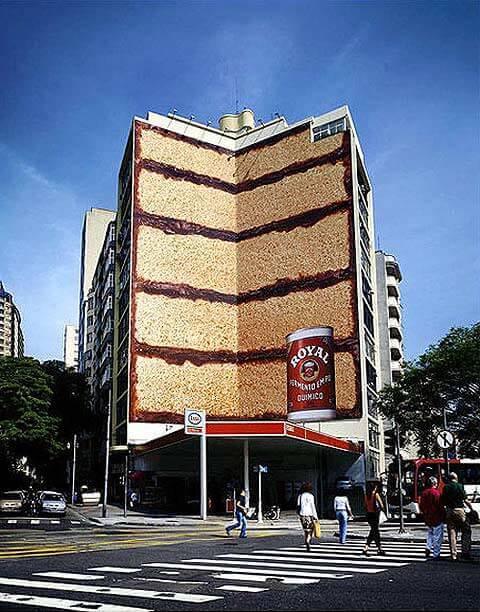
Why Businesses Should Include Outdoor Advertising
Here lies just a few reasons why businesses should pay attention to outdoor advertising efforts from other businesses and their competitors:
First of all, there are a complete range of channels when choosing to advertise outdoors. Instead of gearing an ad campaign to a television, quite literally putting it inside a box, there are a multitude of facets waiting for you in the great outdoors that can be outside-the-box. Take sides of buildings for example, on a grand scale. They’re so massive they will reach consumers more explicitly than, say, a radio or television ad that can, in fact, be tuned out. Outdoor advertising has unique, natural advantages that other channels simply do not have.
Outdoor advertising has an impressive scale, which clearly communicates a brand’s main purpose or values through a larger than life approach. Striking visual canvases really add that backdrop for a fantastic outdoor campaign. It can level with people, or it can lift them to a higher place. Billboards are organic communicators that add value to people passing by and the environment and, in general, outdoor advertising is one of the most engaging marketing channels out there. Let’s go deeper.
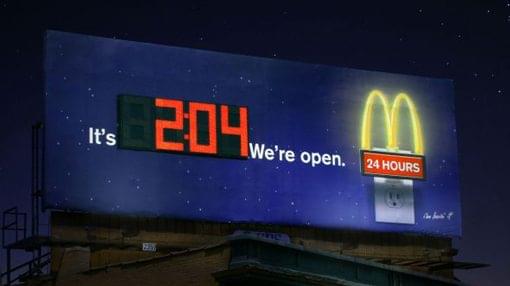
Why Digital Outdoor Advertising Adds Value
Digital outdoor advertising is a trend that businesses should absolutely consider following because of its 24/7 advertising presence and capabilities to change messaging, standing in as a television screen. This unique medium can be positioned virtually anywhere outdoors, near plenty of foot or car traffic, and illuminates any place its in. Getting consumer attention is one thing, but digital outdoor advertising is able to HOLD that consumer attention by indicating a greater, visual call-to-action. With the addition of LEDs, advertisers can incorporate stunning colours and motion graphics into their digital advertising displays.
A few figures show just exactly how well digital outdoor advertising is performing in our current advertising scope. It’s actually doing better than online in terms of engagement, in some areas.
– of the 70% of Americans that were able to recall a digital outdoor ad in the past month, 47% of them really remembered what exactly the ad told them
– a Swedish study noticed that drivers spend significantly more time viewing digital billboards than they do looking at traditional advertising
– 55% of people who witness an ad on digital signs are able to recall that messaging
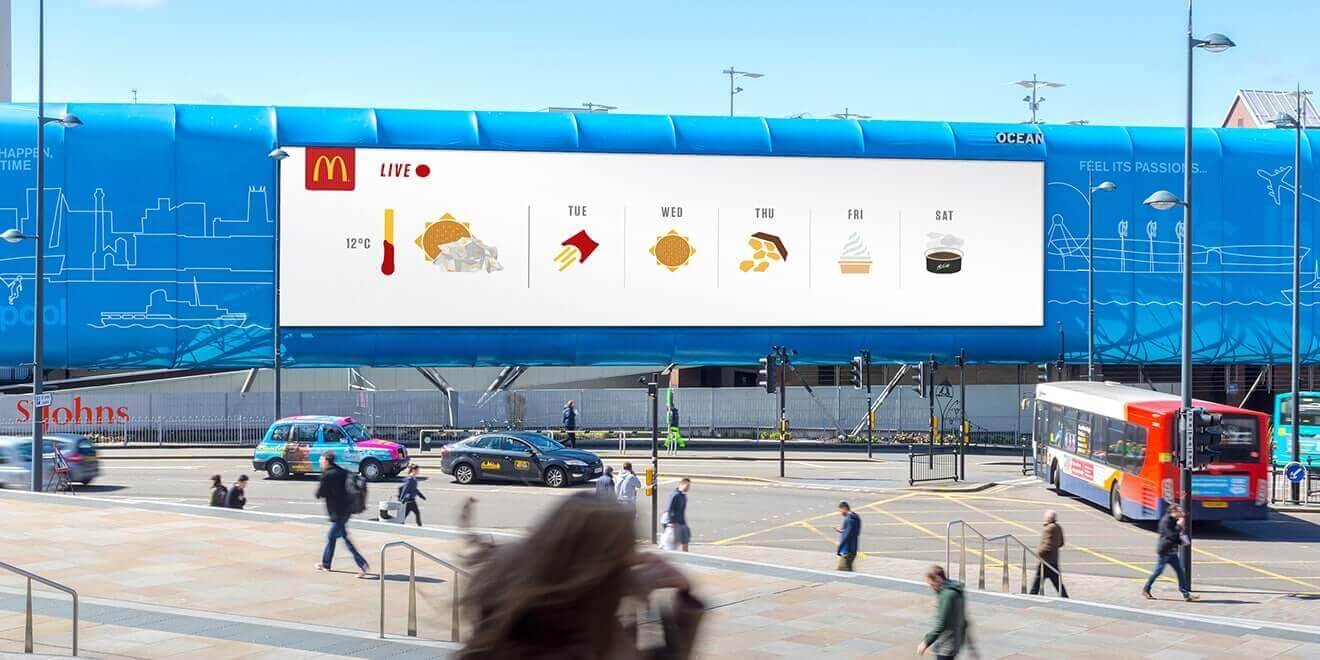
More on Valuable Digital Outdoor Advertising
Digital outdoor advertising is not specific to one medium, as there are plenty of sources that run these types of ads. Places such as vehicles, trucks, buses, bus shelters, transit stations, and more have the opportunity to support and feature strong digital billboard advertising. All these places are highly visible to potential consumers, and would get a business noticed in seconds. And, as digital signage is getting more advanced with the use of touch screens and augmented reality, we can predict that this form of advertising will be even more widespread and affordable. Because of its potential in place of being interactive, this could mean newer consumers, new clients, and larger impressions.
A digital outdoor advertisement adds value to a business also because it can be controlled through a dashboard in a time saving fashion. This will give the advertiser more flexibility in any message adjustments, making the possibilities for ad impact and design seemingly endless. There can even be time changes put into play, as is seen in the McDonald’s digital billboard I’ve included a picture of. That working, digital clock gives consumers not only the correct time of day, but a worthwhile message stating that no matter the time, a McDonald’s is always open. The other McDonald’s digital billboard I’ve included provides people with a live weather map, customized with cute animated McDonald’s icons. This level of connecting, and giving a consumer a useful update as well as a brand reminder, is what digital signage is made for.

What Outdoor Advertising is Capable Of
Outdoor advertising is no longer just about static billboards and stable messaging, though that is quite used, but it’s moving towards a world of automated systems and thoroughly engaging visual campaigns. Its power can take place settling itself in nicely between two billboards, making it look like the other billboards are interacting with the brand wedged in the middle (set picture above for reference). It can be splattered on a set of stairs, using real life, and real feel, visual metaphors to drive its point home (see photo below for reference). It stands that outdoor advertising is flexible and agile, and can be placed in more of a contextual format.
A study that was conducted by Exterion Media and Bournemouth University and Cog Research called The Engagement Zone, which used skin conductance response and eye tracking tests on about 100 London commuters, found that these London commuters actively sought out advertising when they pass through the London Underground. The engagement levels with advertising on the London Underground matched that of TV advertising at 16%, and seriously beat out online video advertising which rests at 9%. What’s more interesting is that 4 in 5 people who said they disliked social media ads or television ads said they like the ads on the London Underground, which goes to show that consumers, especially commuters, really don’t mind and actually enjoy the use of advertising in public settings. Outdoor advertising is capable of, really, making a consumer like it.
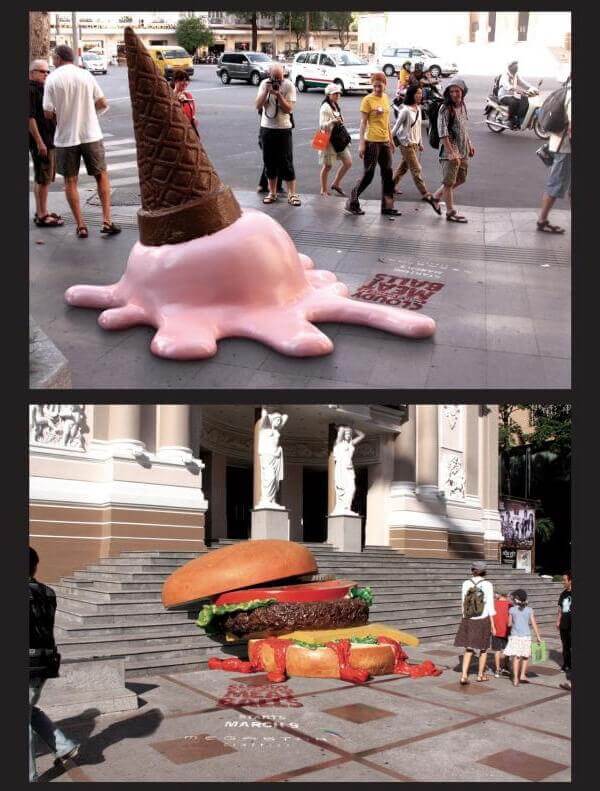
How Outdoor Advertising Increases the Likelihood for Consumer Action
Outdoor advertising is clearly working, but it’s made up of components that keep its engine running. Businesses need to be aware of time, place, “state of mind”, and creative relevance that outdoor advertising brings to their table. In terms of time, outdoor advertisers are well informed of the importance in being temporal or seasonal in their display considerations, but smart outdoor spots target the certain, valuable consumer for a brand. For example, it would be effective to place an ad positioned for a commuter to preorder their morning coffee on a transit system. This gets them when they’re most hot for that product. This valuable time with the commuter should be spent getting them on board with your brand. This will increase their likelihood to order a coffee from you.
In terms of place, outdoor marketing should look at where the ad space would be seen by the most impressionable and valuable amount of people. It should be, in a sense, more quality over quantity but I can’t lie and say a lot of attention will hurt the business. Because it won’t. However, placement of an outdoor ad should be in eyesight of who that ad is directly speaking to. For example, a ride share company placing their ads on the backs of buses hits drivers right at eye level which are very profitable people for the ad to speak to. This will increase their likelihood to check into what the ride share company has to offer them, since they’re already with license and could, perhaps, profit from it themselves.

Outdoor ads must provide consumers with information they would want to hear at the exact moment they’re hit with it. They should coincide with, not interrupt, what a consumer may already be doing. Smart outdoor advertising will get consumer’s in a certain state of mind, a place where they’ve always wanted to be. An ad’s high quality state of mind is achieved through usually visual metaphors or ad dialogue that best represents the target; that they may have already said aloud in their head before. IKEA does a good job at this, at creating a dream space for a consumer within their advertising but at an affordable price point. Businesses should note that OOH advertising works best when it refrains from distracting consumers, and inspires them instead, putting them in a dreamlike state.
Lastly, creative relevance should always be highlighted in order to increase the likelihood for consumer action in outdoor ads. This means cleverness, nuance, and an experience someone can walk away with really solidifies a relationship with a consumer. Provoking engagement is what your business needs to survive among the rest, and beautiful outdoor advertising can generously make that happen (if used correctly). An ad for Discovery Channel’s Shark Week was seen as a bus wrap, but with the door in the middle depicting a shark’s mouth eating the passengers. That level of creative relevance in an outdoor space is what will make people remember you and your business impact.

In conclusion, OOH advertising genuinely has the tools to make a business grow from — to —————– in a matter of a campaign, or a really effective outdoor strategy. With unexpected billboard popups, to giveback digital signage, to things to keep in mind on how to increase likeliness for consumer action, we now know the powers vested in outdoor advertising and its ever increasing appeal. Your business is valuable, and you’re valuable, but now let’s take it to the streets and see how much more value we can get.
References:
Hiebert, Paul (14 June 2017). Can Outdoor Art Revitalize Outdoor Advertising?
Pacific Standard. Retrieved from: https://psmag.com/economics/consumers-marketing-brands-billboard-can-outdoor-art-revitalize-outdoor-advertising-89561


